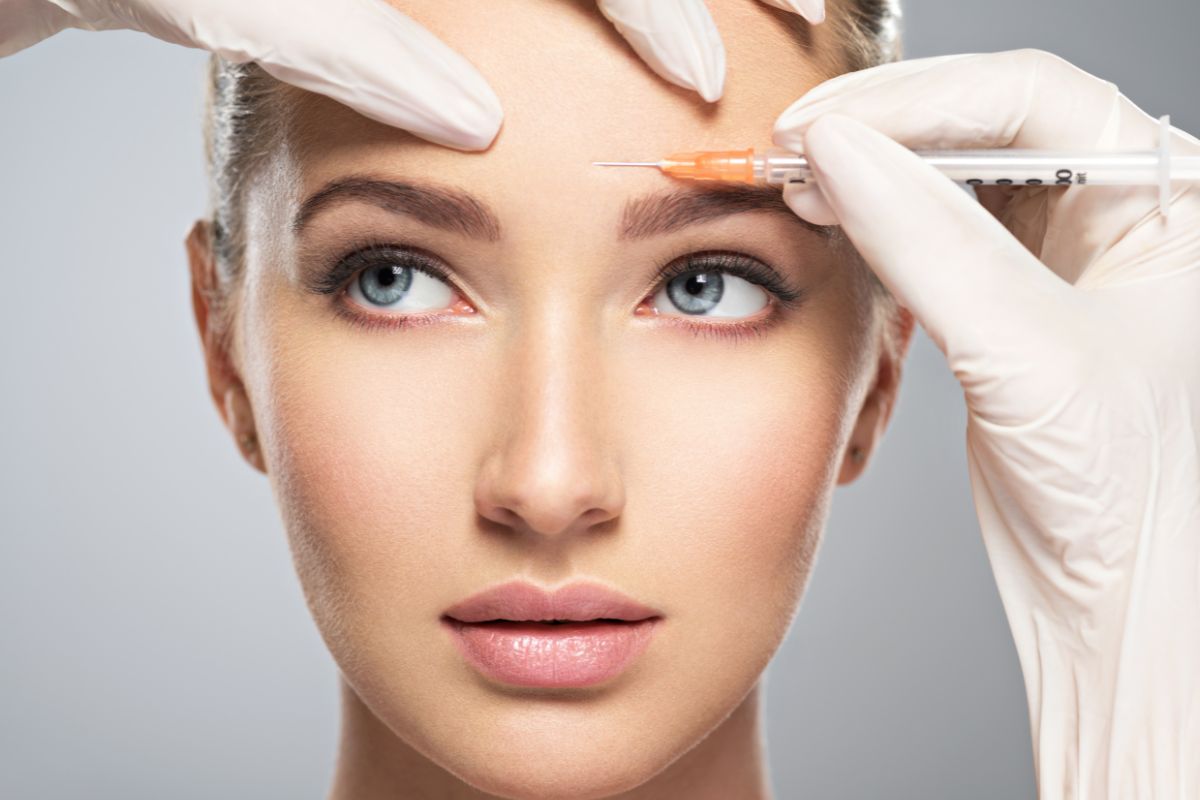
BOTOX
Treatments to reduce facial wrinkles and create a more youthful appearance.
ABOUT BOTOX
Botox is a purified protein that temporarily relaxes the muscles that cause dynamic wrinkles – those that appear with facial expressions like smiling, frowning, or squinting. At LUDent, our dental professionals have extensive knowledge of facial anatomy and are skilled in providing precise Botox treatments for both cosmetic and therapeutic purposes.
In addition to its cosmetic applications, Botox can also be used to treat certain dental conditions such as TMJ disorders, bruxism (teeth grinding), and gummy smiles.

BENEFITS
Reduction of forehead lines, crow's feet, and frown lines
Prevention of wrinkle formation when started early
Quick treatment with minimal discomfort
No downtime – return to normal activities immediately
Therapeutic benefits for TMJ disorders and bruxism
Complementary to dental aesthetic treatments
PROCEDURE
After a consultation to assess your needs and goals, the treatment areas are cleaned, and the Botox is precisely injected into targeted muscles using a very fine needle. The procedure typically takes 10-15 minutes. Results begin to appear within 24-48 hours and fully develop over 7-14 days, lasting approximately 3-4 months.
FAQ
IS BOTOX SAFE?
Yes, Botox has been used safely for both cosmetic and medical purposes for decades. When administered by properly trained professionals, it has an excellent safety profile with minimal risk of complications.
WILL I LOOK FROZEN OR UNNATURAL AFTER BOTOX?
No, when properly administered, Botox should not leave you looking "frozen" or expressionless. Our approach is to provide natural-looking results that preserve your ability to express emotions while reducing unwanted wrinkles.
HOW IS BOTOX USED FOR DENTAL CONDITIONS?
For TMJ disorders and bruxism, Botox can relax the overactive jaw muscles that cause pain and damage to teeth. For gummy smiles, small amounts of Botox can be used to relax the upper lip muscles, reducing the amount of gum tissue shown when smiling.
